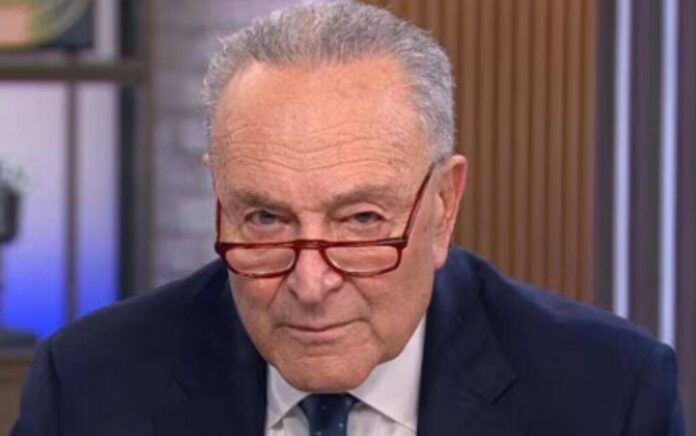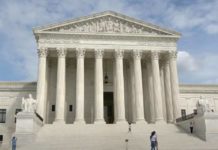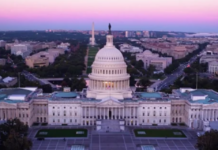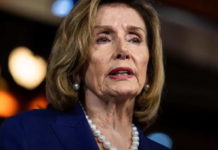
The US government is in pandemonium. And it’s only heating up.
Now the federal court system is on the brink of collapse thanks to this Democrat scheme.
Judicial Operations Constrained by Funding Crisis
The U.S. Courts revealed on Friday that the judicial branch has exhausted its financial reserves, forcing a reduction in operations starting next week as the government shutdown approaches its third week. Initially, the judiciary relied on court fee balances and other non-appropriated funds to maintain normal functions through Friday.
However, with Congress failing to pass fiscal 2026 funding legislation, the courts have no choice but to scale back significantly.
“Until the ongoing lapse in government funding is resolved, federal courts will maintain limited operations necessary to perform the Judiciary’s constitutional functions,” a U.S. Courts statement declares.
Federal judges will continue their duties as mandated by the Constitution, but court staff are restricted to “excepted activities” permitted under the Anti-Deficiency Act, which prohibits spending unappropriated funds except for essential tasks like protecting human life and property.
Courts Adapt to Shutdown Challenges
Each federal court will independently decide which cases and activities can proceed without funding and which staff members will work without pay during this period. The Constitution ensures that federal judges and Supreme Court justices continue to receive their salaries, but other court personnel face uncertainty.
The Anti-Deficiency Act allows limited exemptions, enabling courts to prioritize constitutionally critical functions, though the scope of operations will be significantly reduced.
Broader Shutdown Fallout Intensifies
As the shutdown persists, its ripple effects grow more severe. Government offices, museums, and tourist sites have shuttered, with impacts worsening daily.
President Donald Trump recently redirected residual funds to ensure 1.3 million active-duty service members received paychecks and to temporarily sustain select programs. However, these stopgap measures are dwindling, amplifying the shutdown’s visible toll.
The political stalemate shows no signs of resolution, with Democrats and Republicans entrenched over competing funding proposals.
Republicans advocate for a continuing resolution to maintain last year’s funding levels through November 21, while Democrats push to include renewed Obamacare subsidies in their version.
Despite Republican majorities in both congressional chambers, Democrats have filibustered the GOP’s funding bill 10 times in the Senate, prolonging the impasse.
The longest government shutdown on record, lasting 35 days from December 2018 to January 2019, looms as a stark reminder of the potential duration of this crisis.



















